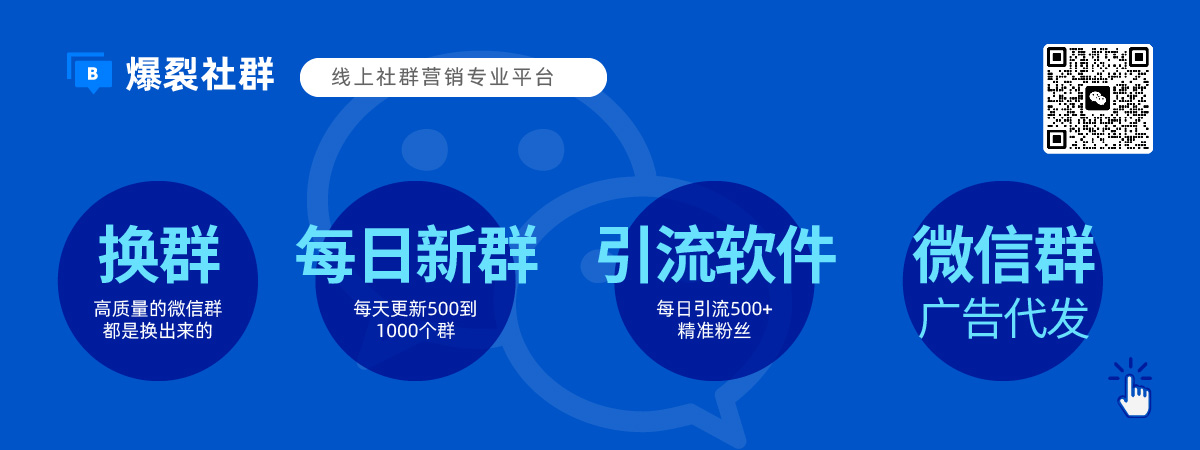在本教程中,我们将学习如何搭建一个简单的SaaS(Software as a Service)后台管理系统。我们将使用Node.js和Express框架搭建后端,MongoDB作为数据库,以及React作为前端框架。
步骤
步骤一:准备工作
确保你已经安装了Node.js、npm(Node包管理器)以及MongoDB数据库。创建一个新的项目文件夹,进入文件夹并执行以下命令初始化项目:
bashCopy code
npm init -y
步骤二:搭建后端
安装Express框架:
bashCopy code
npm install express
创建一个server.js文件,编写基本的Express应用程序:
javascriptCopy code
const express = require(‘express’); const app = express(); const port = 3000; app.get(‘/’, (req, res) => { res.send(‘Hello SaaS World!’); }); app.listen(port, () => { console.log(`Server is running on port ${port}`); });
运行后端服务器:
bashCopy code
node server.js
步骤三:连接数据库
安装mongoose,用于连接MongoDB:
bashCopy code
npm install mongoose
在server.js中添加数据库连接代码:
javascriptCopy code
const mongoose = require(‘mongoose’); mongoose.connect(‘mongodb://localhost/saasDB’, {useNewUrlParser: true, useUnifiedTopology: true}); const db = mongoose.connection; db.on(‘error’, console.error.bind(console, ‘MongoDB connection error:’));
步骤四:创建数据模型
在项目文件夹中创建一个models文件夹,然后在其中创建一个userModel.js文件:
javascriptCopy code
const mongoose = require(‘mongoose’); const userSchema = new mongoose.Schema({ username: String, email: String, password: String, }); const User = mongoose.model(‘User’, userSchema); module.exports = User;
步骤五:设置用户路由
安装body-parser,用于解析请求体:
bashCopy code
npm install body-parser
在server.js中添加以下代码:
javascriptCopy code
const bodyParser = require(‘body-parser’); const User = require(‘./models/userModel’); app.use(bodyParser.urlencoded({ extended: true })); app.use(bodyParser.json()); app.post(‘/api/users’, async (req, res) => { try { const newUser = new User(req.body); await newUser.save(); res.status(201).send(newUser); } catch (error) { res.status(400).send(error); } });
步骤六:搭建前端
创建React应用:
bashCopy code
npx create-react-app saas-frontend cd saas-frontend
在src文件夹中编辑App.js:
jsxCopy code
import React, { useState } from ‘react’; function App() { const [username, setUsername] = useState(”); const [email, setEmail] = useState(”); const [password, setPassword] = useState(”); const handleSubmit = async () => { try { const response = await fetch(‘http://localhost:3000/api/users’, { method: ‘POST’, headers: { ‘Content-Type’: ‘application/json’, }, body: JSON.stringify({ username, email, password }), }); const data = await response.json(); console.log(‘User created:’, data); } catch (error) { console.error(‘Error creating user:’, error); } }; return ( <div> <h1>SaaS Admin Panel</h1> <form> <label>Username:</label> <input type=”text” onChange={(e) => setUsername(e.target.value)} /> <label>Email:</label> <input type=”email” onChange={(e) => setEmail(e.target.value)} /> <label>Password:</label> <input type=”password” onChange={(e) => setPassword(e.target.value)} /> <button type=”button” onClick={handleSubmit}> Create User </button> </form> </div> ); } export default App;
运行前端应用:
bashCopy code
npm start
现在,你已经搭建了一个简单的SaaS后台管理系统,具备用户注册功能。根据实际需求,你可以进一步完善系统,添加身份验证、管理功能等。







